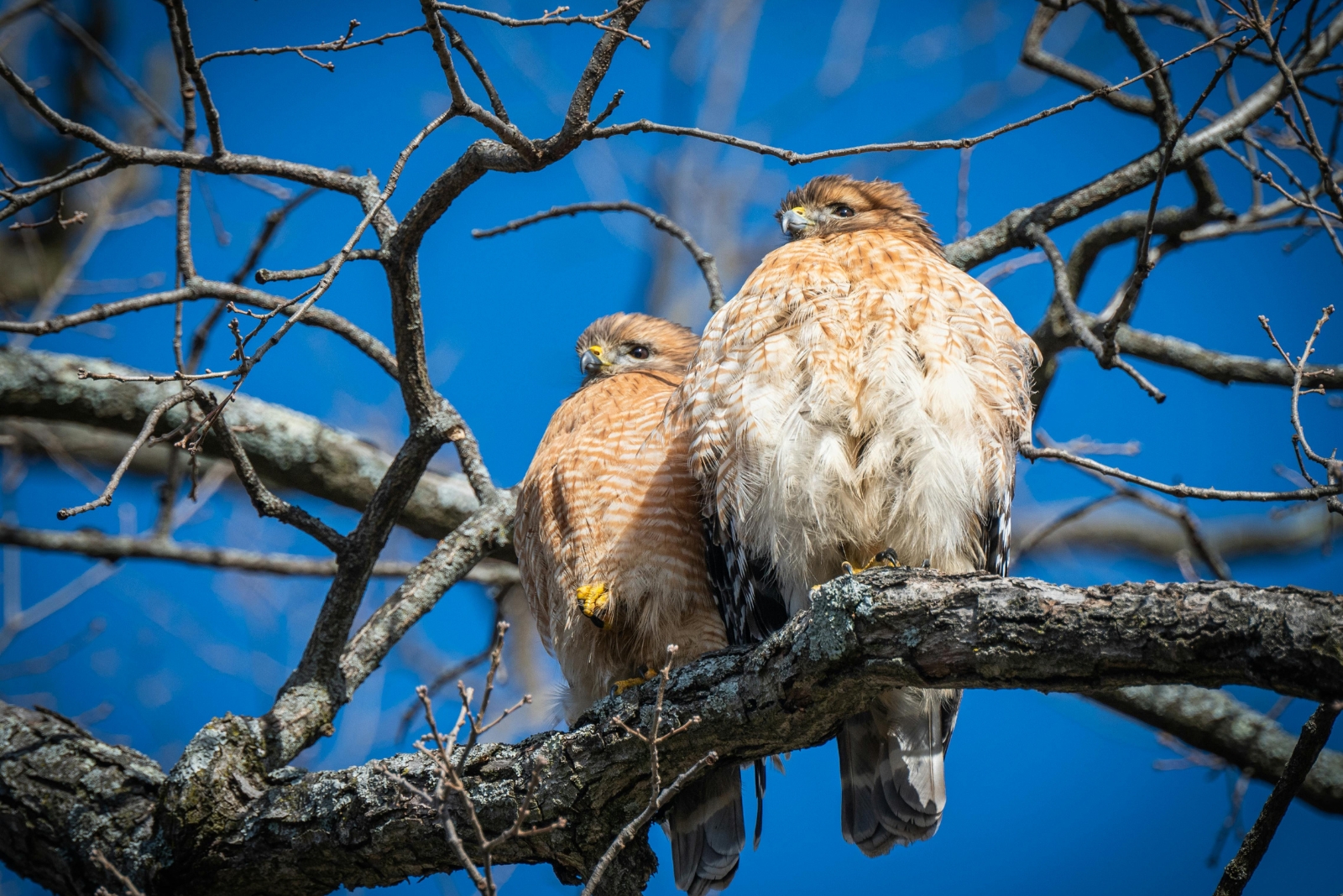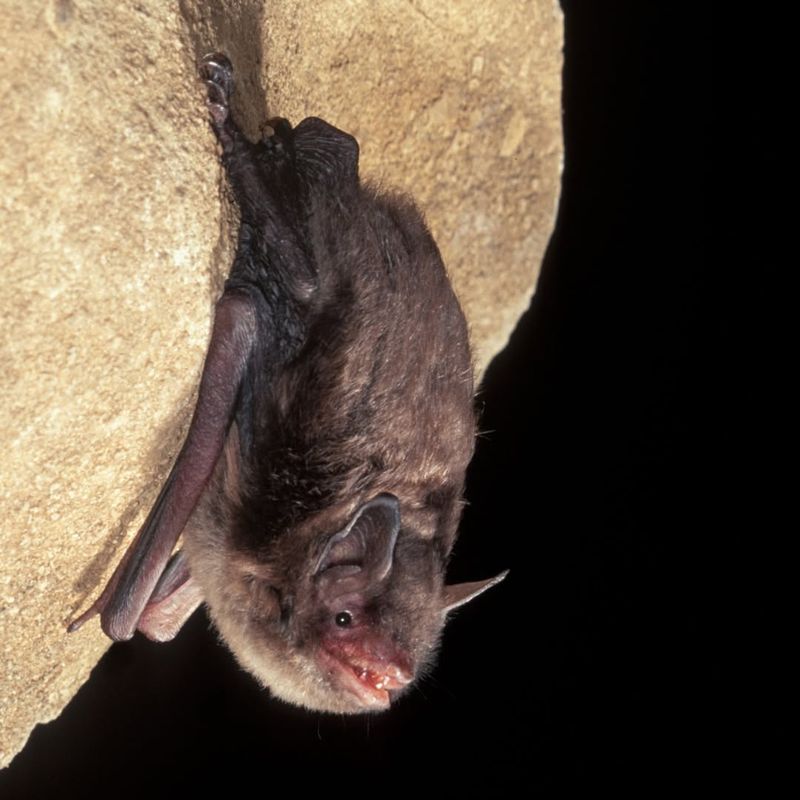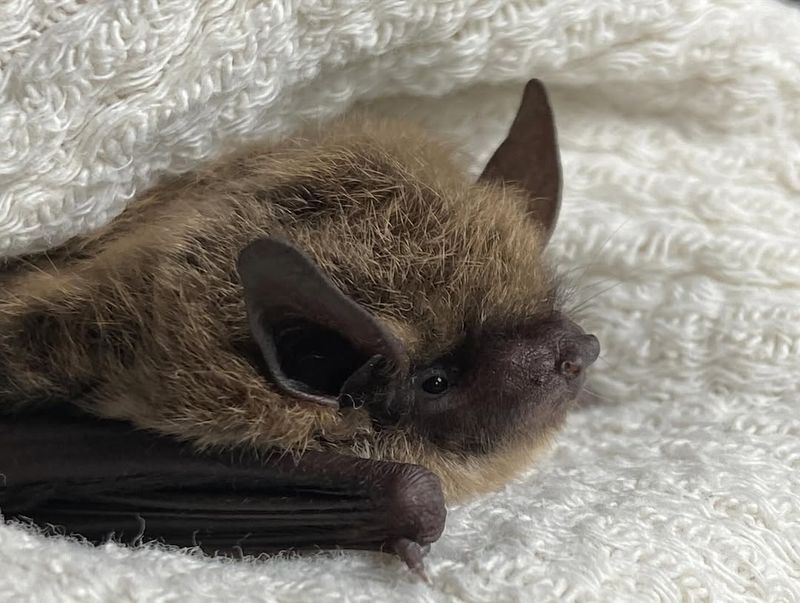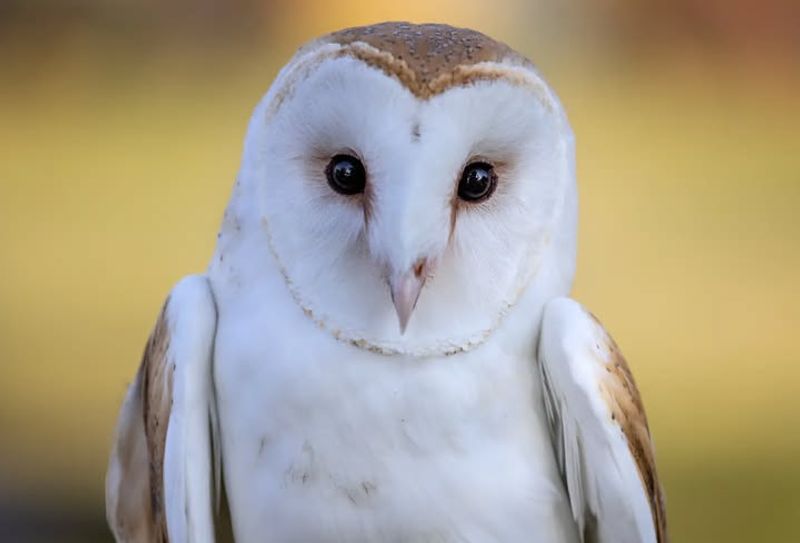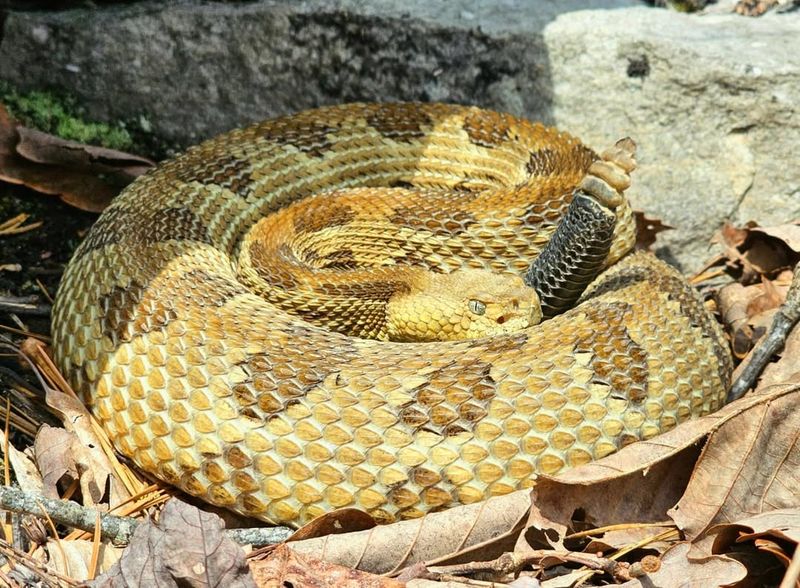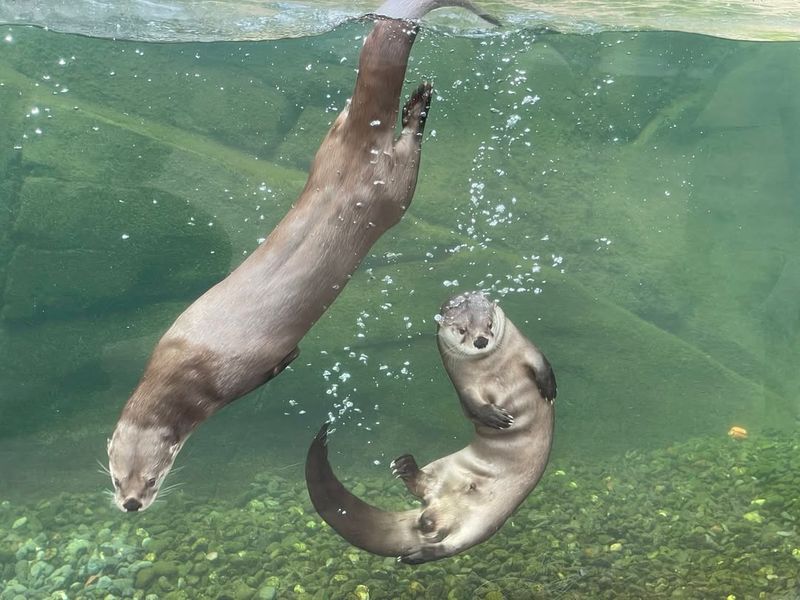Kentucky’s fields, forests, and suburbs overlap more than most people realize. Animals move through fence lines, past garden beds, and beneath porch steps as part of their everyday routes.
But some of those visitors are legally protected, even when they show up where you weren’t expecting them.
1. Bald Eagles
America’s national symbol enjoys full federal protection under multiple laws. When a bald eagle decides to nest near your property, consider yourself lucky rather than inconvenienced.
Kentucky’s eagle population has grown significantly over recent decades. Disturbing their nests or attempting to scare them away can result in hefty fines reaching thousands of dollars.
If an eagle causes genuine problems, wildlife officials can help develop solutions. Your best bet is calling Kentucky Fish and Wildlife for guidance rather than taking matters into your own hands.
2. Indiana Bats
Spotting these tiny mammals might seem unremarkable, but they’re federally endangered. Indiana bats hibernate in caves during winter and roost in trees come summer months.
Property owners sometimes discover colonies living in barns or attics. Removing them without proper permits violates the Endangered Species Act, bringing serious legal consequences.
Contact wildlife specialists immediately if you find these bats roosting on your property. Professionals can relocate them safely and legally while protecting both the animals and your interests.
3. Gray Bats
Another endangered bat species calls Kentucky home throughout various seasons. Gray bats form massive colonies, sometimes numbering in the thousands when roosting together.
Farmers occasionally find them in old buildings or abandoned structures. Even though they might eat insects that bother livestock, you can’t evict them yourself.
Kentucky law requires professional intervention before any bat removal happens. Wildlife experts understand their seasonal patterns and can time relocations properly, ensuring compliance with state and federal regulations protecting these vulnerable creatures.
4. Barn Owls
With their ghostly white faces and silent flight, barn owls are natural pest controllers. Kentucky classifies them as protected raptors, making unauthorized removal illegal.
Many farmers actually appreciate having barn owls around since they devour mice and rats. A single owl family can eliminate hundreds of rodents yearly, saving crops and stored grain.
If you discover barn owls nesting in your outbuildings, leave them be. They’re providing free pest control services while staying protected under state wildlife regulations.
5. Red-Shouldered Hawks
These medium-sized hawks with rusty shoulder patches hunt small animals throughout Kentucky’s forests and wetlands. Federal law protects all hawk species from harassment or harm.
Red-shouldered hawks sometimes hunt near chicken coops, worrying poultry owners. However, removing or harming them brings steep penalties from wildlife authorities.
Installing protective netting over coops solves most conflicts legally. Kentucky Fish and Wildlife offers practical advice for coexisting peacefully with these beautiful predators while keeping your livestock safe from their hunting instincts.
6. Box Turtles
Eastern box turtles wander slowly across properties, minding their own business while searching for food. Kentucky law specifically prohibits collecting or relocating these charming reptiles.
Many people remember catching box turtles as kids, but regulations have changed. Declining populations prompted stricter protection measures to preserve remaining turtle numbers.
If you find box turtles crossing your yard, simply let them pass through naturally. They’re harmless vegetable and insect eaters that pose zero threat to gardens or structures while contributing to local biodiversity.
7. Timber Rattlesnakes
Despite being venomous, timber rattlesnakes receive protected status throughout Kentucky. Their populations have declined dramatically due to habitat loss and human persecution.
Finding one near your home understandably causes concern. Kentucky law permits killing venomous snakes only when they pose immediate danger to human safety.
Most encounters happen when people accidentally disturb snakes hiding in brush piles. Simply backing away slowly resolves most situations safely. Wildlife control professionals can relocate problem snakes legally when necessary for genuine safety concerns.
8. Wild Turkeys During Nesting Season
Wild turkeys make impressive comebacks after near-extinction decades ago. During nesting season, hens receive extra legal protection while raising their young poults.
A turkey hen might choose your yard for nesting, causing temporary inconvenience. Disturbing active nests violates Kentucky’s game bird regulations during protected seasons.
Nesting periods last just a few weeks before hens move their babies elsewhere. Giving them space during this critical time helps maintain healthy turkey populations while keeping you compliant with seasonal wildlife protection laws.
9. River Otters
Playful river otters have returned to Kentucky waterways after successful reintroduction programs. Watching them slide and swim provides delightful entertainment for property owners near streams.
Some people worry otters might deplete fish populations in private ponds. However, state law protects these charismatic mammals from unauthorized trapping or removal.
Contact Kentucky Fish and Wildlife if otters cause genuine problems with stocked fish. Wildlife managers can assess situations and provide legal solutions that balance otter conservation with landowner concerns about fishing resources.
10. Cerulean Warblers
Sky-blue cerulean warblers rank among Kentucky’s most threatened songbirds. Federal protections cover all migratory birds, but cerulean warblers receive special attention due to declining numbers.
These tiny birds nest high in mature forest canopies, preferring large trees. Cutting trees during nesting season when warblers are present violates federal wildlife laws.
If you own forested property, consider yourself a conservation partner. Timing tree removal outside nesting season protects these beautiful birds while allowing necessary land management activities to proceed legally.

